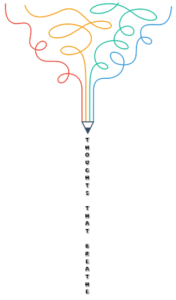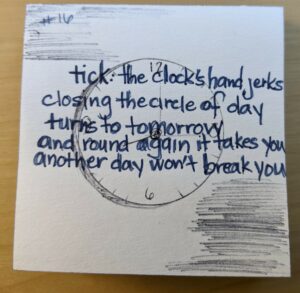Okay: quick question – when is it full night? After sundown, right? The weather guide on my phone has all of these handy little bits of information based on latitude and longitude and standard time zones… there’s Twilight Starting and Twilight ending, there’s Solar Noon and then the usual Sunrise and Sunset. There’s this whole thing about solar declination and ACTUAL Sunset vs. Apparent Sunset. It’s great – and way overdone for our uses today. All we need is …Dawn.
Thomas Fuller, an English theologian, in the year 1650, is actually who we believe coined this phrase. It appeared in his work titled A Pisgah-Sight of Palestine and the Confines Thereof. (Yet another guy who really needed to work on his titles.) Possibly because it fit his sermon, he seemed to imply that this phrase was literal — that it’s utter pitch black dark right before sunrise — ergo, it’s always darkest just before dawn, since just before then is the darkest time.
Dear Rev. Fuller,
We regretfully inform you that a whole ball of solar fire doesn’t just pop up and the world is flooded with light like a switch… As the Earth turns, the light of that solar ball rises gradually. So, it’s actually darkest? Probably just after midnight. But, good job for getting us thinking about metaphors and such.
Love, Random People on the Internet.

